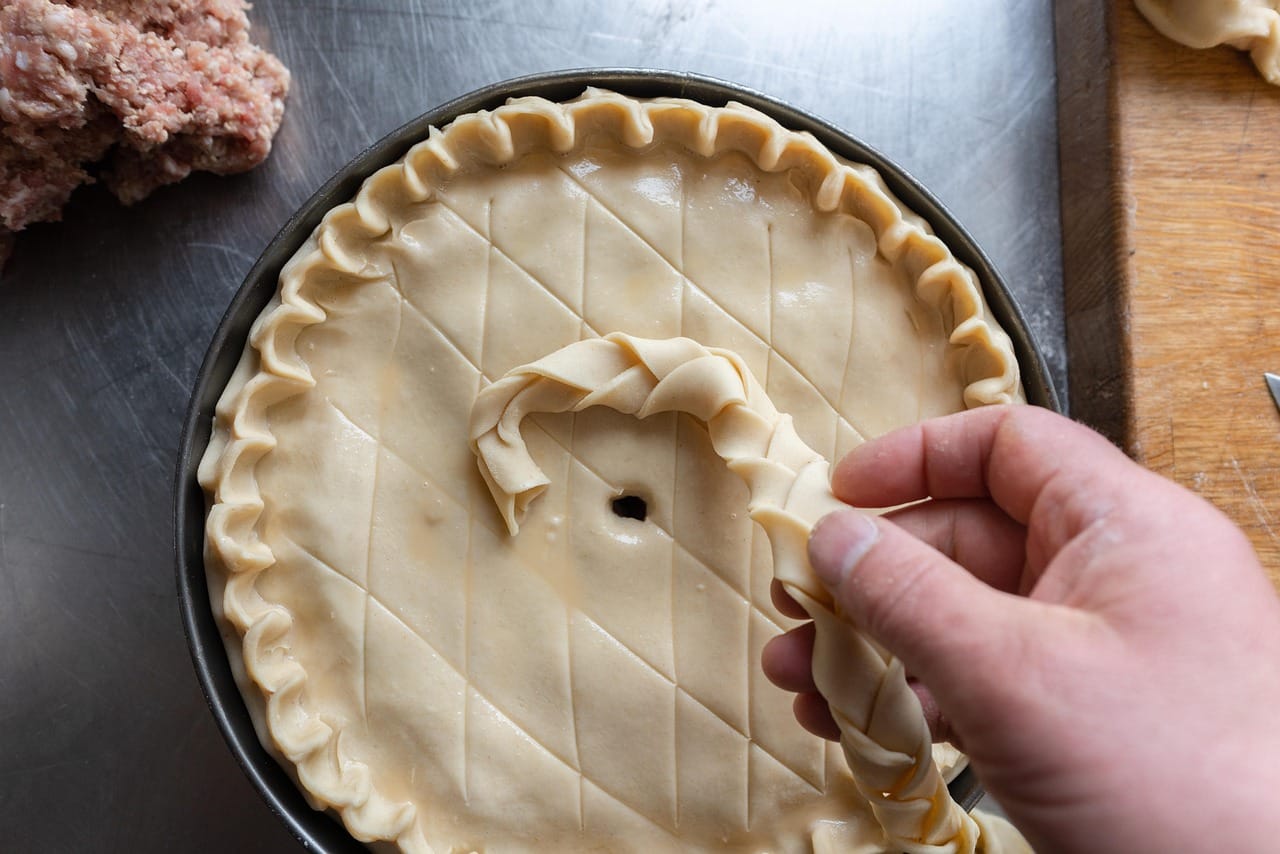Imagine sinking your teeth into warm, melted cheese nestled between perfectly grilled tortillas. That, my friends, is the magic of a quesadilla. More than just a simple snack, it’s a versatile and customizable culinary creation enjoyed around the world. Whether you’re a seasoned chef or a beginner cook, mastering the art of the quesadilla is a delicious and rewarding experience. Get ready to explore the history, variations, and secrets to making the ultimate quesadilla!
The Humble History and Global Appeal of the Quesadilla
The quesadilla, in its simplest form, has roots that stretch back to colonial Mexico. Its evolution mirrors the cultural exchange and culinary innovation that shaped the region.
A Mexican Staple
The word “quesadilla” comes from “queso,” the Spanish word for cheese. While early versions may not have always contained cheese, it’s now an integral part of the dish, especially in regions of Mexico where cheese is abundant. Traditional quesadillas in Mexico often feature Oaxaca cheese, a stringy, mild cheese that melts beautifully.
Beyond Mexico: A Global Phenomenon
The quesadilla’s popularity has spread far beyond Mexico. It’s a staple in Tex-Mex cuisine and has been adapted to suit various palates and dietary preferences worldwide. You’ll find quesadillas filled with everything from Korean BBQ to Mediterranean vegetables, showcasing its incredible adaptability.
The Anatomy of a Perfect Quesadilla: Ingredients and Techniques
Creating the perfect quesadilla involves more than just throwing cheese between two tortillas. Choosing the right ingredients and employing the correct techniques are crucial for achieving that golden-brown, cheesy, and satisfying result.
Choosing Your Tortilla Wisely
The foundation of any good quesadilla is the tortilla. You have several options:
- Flour tortillas: These are the most common choice, offering a soft and slightly chewy texture. They’re readily available and come in various sizes.
- Corn tortillas: A more traditional option, especially for Mexican-style quesadillas. They have a distinct flavor and are often smaller in size.
- Whole wheat tortillas: A healthier alternative that adds a nutty flavor and extra fiber.
Tip: For the best results, use fresh tortillas. Stale tortillas can crack easily and won’t hold their shape as well.
Selecting the Perfect Cheese
The cheese is the star of the show! Opt for cheeses that melt well and have a good flavor profile.
- Monterey Jack: A classic choice with a mild, buttery flavor and excellent melting properties.
- Cheddar: Adds a sharper, more pronounced flavor. Use a mild or medium cheddar for balanced results.
- Oaxaca: The traditional Mexican choice, known for its stringy texture and mild flavor.
- Mozzarella: A good option for a gooey, stretchy quesadilla.
- Pepper Jack: Adds a spicy kick to your quesadilla.
Tip: Shred your own cheese! Pre-shredded cheese often contains cellulose, which can inhibit melting.
Adding Delicious Fillings
This is where you can get creative! The possibilities are endless. Some popular fillings include:
- Cooked meats: Chicken, beef, pork, shrimp, or chorizo.
- Vegetables: Onions, peppers, mushrooms, spinach, corn, black beans.
- Salsa or pico de gallo: Adds a burst of fresh flavor.
- Avocado or guacamole: For creamy richness.
- Beans: Refried beans or whole black beans add flavor and substance.
Tip: Cook your fillings before adding them to the quesadilla. This ensures they’re heated through and reduces the cooking time on the tortilla.
Mastering the Cooking Techniques
There are several ways to cook a quesadilla:
- Stovetop: The most common method, using a skillet or griddle over medium heat. Cook until the tortilla is golden brown and the cheese is melted.
- Oven: Bake quesadillas in a preheated oven until the cheese is melted and bubbly. This is a good option for making multiple quesadillas at once.
- Microwave: The quickest method, but the tortilla may not get as crispy. Use sparingly.
- Grill: Adds a smoky flavor to the quesadilla.
Tip: Use a spatula to gently press down on the quesadilla while it’s cooking. This helps the cheese melt evenly and ensures the tortillas adhere to each other.
Quesadilla Variations: Beyond the Basics
Once you’ve mastered the basic quesadilla, it’s time to explore some delicious variations.
Breakfast Quesadillas
Start your day with a hearty breakfast quesadilla filled with:
- Scrambled eggs
- Bacon or sausage
- Cheese
- Potatoes
- Salsa
Example: A breakfast quesadilla with scrambled eggs, cheddar cheese, crispy bacon, and a side of sour cream and salsa.
Vegetarian Quesadillas
Quesadillas are a fantastic way to enjoy a meat-free meal. Try these fillings:
- Black beans
- Corn
- Bell peppers
- Onions
- Spinach
- Mushrooms
Example: A vegetarian quesadilla filled with black beans, corn, sautéed onions and peppers, and Monterey Jack cheese.
Dessert Quesadillas
Who says quesadillas can’t be dessert? Sweeten things up with these options:
- Nutella
- Bananas
- Strawberries
- Marshmallows
- Chocolate chips
Example: A dessert quesadilla with Nutella, sliced bananas, and a sprinkle of powdered sugar.
Serving and Enjoying Your Quesadilla
The final touch is how you serve and enjoy your creation!
Accompaniments and Dips
Quesadillas are even better with the right accompaniments. Consider these options:
- Salsa
- Guacamole
- Sour cream
- Pico de gallo
- Hot sauce
- Lime wedges
Presentation Tips
- Cut the quesadilla into wedges for easy serving.
- Arrange the wedges artfully on a plate.
- Garnish with fresh cilantro or a dollop of sour cream.
Tip: Serve quesadillas immediately while they’re still warm and the cheese is melted.
Conclusion
The quesadilla is a testament to the power of simple ingredients and culinary creativity. From its humble beginnings in Mexico to its global popularity, the quesadilla has proven to be a versatile and beloved dish. By understanding the fundamentals of tortilla selection, cheese pairing, filling combinations, and cooking techniques, you can create your own quesadilla masterpieces. So, go ahead, experiment, and enjoy the cheesy, melty goodness of the perfect quesadilla!




